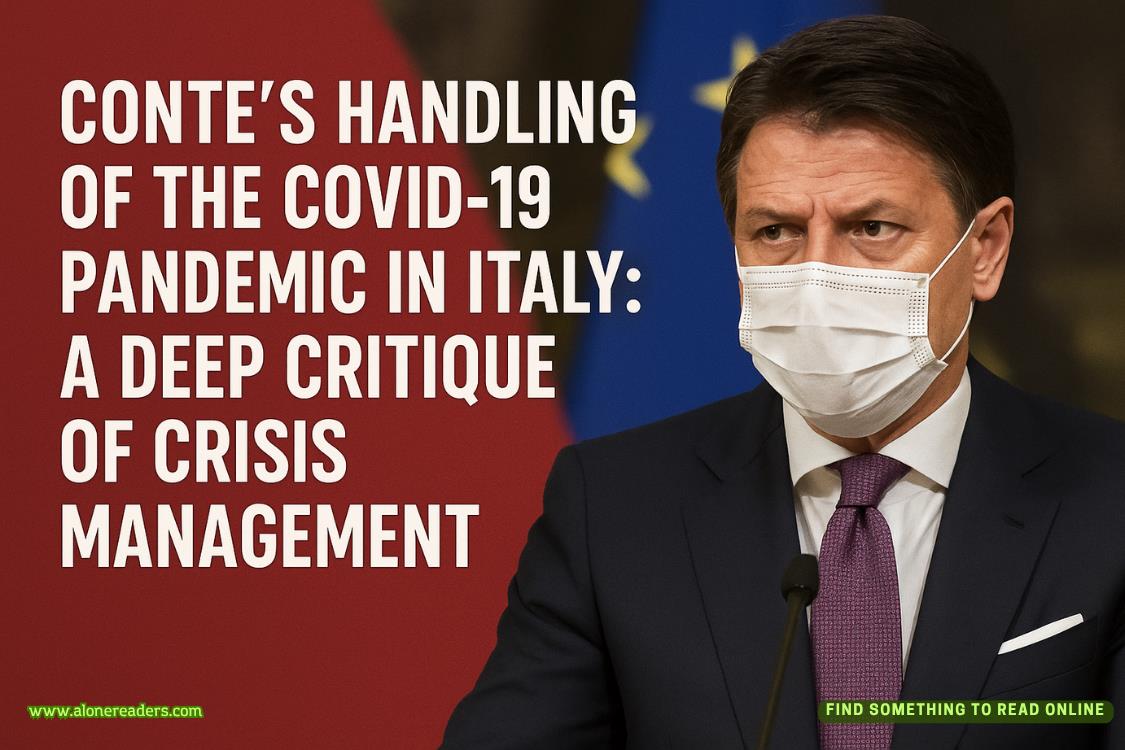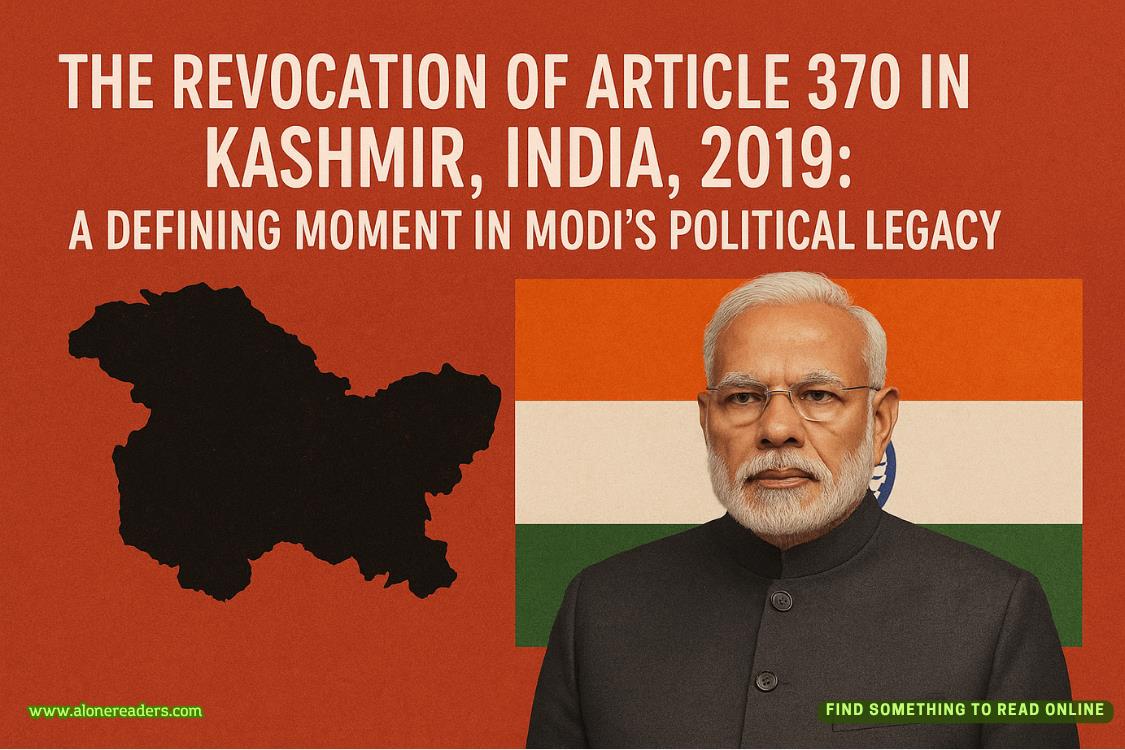Page 14 of The Dressmaker's Gift
That noose of guilt around her heart drew even tighter and for a moment she felt dizzy as a wave of overwhelmingly conflicting emotions washed through her. She shook her head. ‘It’s not like that. You don’t understand. Ernst and I – we’re in love. He cares for me, Jean-Paul, in a world where I have no one else who cares.’
‘You’re wrong, Claire. You have us. Your family. You have always had your family.’
‘But you’re not here, are you?’ A spark of defiant anger flashed in her eyes. ‘I have had to make it on my own, ever since we lost Maman. And, in case you hadn’t noticed, the world has changed now.’
The sorrow in his eyes hurt her far more than his spoken accusations. ‘Maybe your world has changed. But some of us refuse to give in so easily. I don’t have a choice about going to work in Germany – it was either me or Marc who had to go, so I volunteered to spare him. But you can bet that fancy silk scarf of yours that I will be trying to find Théo and that, the first opportunity we get, we will be out of there. This war isn’t over yet, you know.’
He stood up and swung the duffel bag over his shoulder. ‘I should get going. Don’t want to risk being late at the station.’
‘I’ll come down with you,’ she said, but he shook his head again.
‘No need, Claire, I’ll see myself out.’
She tried to give him back the crumpled handkerchief but he gently pushed her hand away. ‘Keep it. From a brother who cares.’
‘Jean-Paul, I’m sorry ...’ She began to cry again and the words choked her.
He hugged her again, briefly, and then turned to go. As she heard his footsteps fading away down the staircase, she pushed aside the silver fish whose glassy, expressionless eyes watched her from their bed of damp newspaper, and laid her head on her arms, sobbing uncontrollably as she breathed in the smoke and salt scent of home on the handkerchief that was clutched tightly between her fingers.
Harriet
Hearing the story of Claire and Mireille in those years of war, I struggle to reconcile the contrast between the glamour and extravagance of the couture industry with the hardship and deprivation that the seamstresses had to endure, like the vast majority of French citizens at the time. It’s a strangely grotesque juxtaposition.
Simone tells me she has asked her grandmother to write down more of what she remembers, but of course Mireille is a very old woman now and progress is slow. So I try to curb my impatience.
By way of a distraction, while I wait for Mireille’s letters to arrive, I find myself reading a lot of books and articles about that period of history on the Internet to fill in the background to the two friends’ lives in the attic apartment. As I piece it together, I’ve continued to write down the story of Claire and Mireille, padding it out with the historical background where I can. Somehow it seems important that I do so, even if only to record it for myself so that I can go back and reread this part of my family history, taking time to digest it as each new chapter comes to light. I become so immersed that sometimes it feels strange to look up from my writing, my feet tucked beneath me as I sit curled up on the sofa in the sitting room of the little flat, and realise that Claire and Mireille aren’t just through the wall in the next room. I can almost hear their voices, picturing them sitting at their sewing: mending their own clothes, perhaps, or remaking a hat or a skirt for themselves.
As soon as I can, I go back to the Fashion Museum at the Palais Galliera and wander once again through the rooms. On my first visit here, I was dazzled by the finery, the bling and the glitz of fashion from centuries ago to the present day. But this time I look more carefully. Amongst the rooms filled with stunning exhibits that clamour for attention, there is a much more modest display. A gardener’s canvas apron; a hairdresser’s white coat; a pair of denim trousers and a shirt once worn by an unknown worker. The denim is patched and faded, but it speaks a simple truth. These clothes tell their own stories of the lives of the people who wore them, once again bringing history to life in the present day. And how ironic it is, I muse, as I stand in front of these clothes, that today distressed and torn denim is the height of fashion. It turns out that these simple, worn and aged garments have been the inspiration for modern-day designers.
From my museum visits I’ve also learned that, even in the darkest times, women managed to find a sense of pride in their appearance. Parisiennes found ways of making-do, and the styles of the war years reflect that: elegant turbans hid dirty hair or greying roots; cork wedges were glued on to shoes when high heels wore down; legs were daubed with ersatz coffee grounds, and charcoal lines drawn up the back to create the illusion of stockings. In the face of ubiquitous Nazi propaganda, the women of Paris found their own ways of sending back a message to their occupiers: dressed in their home-made fashions, they held their heads high; they were not defeated.
The luxury and excess of the modern-day fashion industry seem a world away from those war years. I’d arrived at the agency too late and too wet behind the ears to be allowed to help out in any sort of hands-on capacity at Paris Fashion Week back in September. I’d had to watch from the sidelines (or rather from behind the desk in reception) as the pace of work in the office grew more and more frenetic and then suddenly I was left alone, to man the phones that didn’t ring, as everyone was out at the week’s events, morning, noon and night. Simone had appeared at irregular intervals to fill me in on the latest collection or on who she had seen at that evening’s reception.
With a few more years’ experience than I have, Simone is a good deal more laid-back about the opportunity to sit in the audience, among the fashion editors and the celebrities, and watch as the latest couture collections, which will set the trends for a season that is still months away, are paraded down the catwalks.
Now that things have quietened down in the office after the flurry of activity that followed in the wake of Fashion Week, which has kept everyone at Agence Guillemet busy through the autumn months, I decide to treat myself to lunch at the Café de Flore. I know it’s one of the stops on the tourist trail and, inevitably, the prices are beyond my normal budget which doesn’t usually stretch to much more than a coffee and a croissant for a Saturday morning treat from a patisserie in one of the quieter side streets off the Boulevard Saint-Germain. But ever since Simone described how Mireille met Monsieur Leroux there, I’ve promised myself I would make a point of going one day. I ask Simone if she’d like to come with me, but she shakes her head, curls dancing, and says she’s been asked to help one of the account managers prepare a tender for a new client.
I shrug on my coat and leave the office, walking up the street towards the Boulevard Saint-Germain. After a moment’s hesitation, I send Thierry a text, asking him if he’d like to join me for lunch.
I enjoyed the concert he’d invited me to the other night and was impressed watching him at work, seeing him in a new light. He was calm and capable, seated behind a bewildering array of technology, his fingertips carefully balancing the sound levels over the course of the performance. A gaggle of his friends came along for burgers afterwards and it was a relaxed evening, although we still talked a lot about the Bataclan victims, whose memory will be ever-present. We’ve met up a few times since, with the same crowd. I’ve noticed that Simone hasn’t joined the group, though, always making an excuse to be elsewhere. The slight coolness that crept into our relationship since Thierry and I first met is still there, I think, but it’s obvious that she’s making an effort not to let it get in the way of her friendship with either of us. I’m relieved that, with a bit of encouragement, she’s agreed to join the group at the bar next Friday night.
When we’ve been out together, Thierry always pulls his chair up beside mine and we talk for hours, mostly about work but sometimes about the latest news of police raids and arrests as the threat of terrorism bubbles away just beneath the surface of city life. I’ve told him, too, about the photograph that brought me to Paris, and have recounted some of Claire’s and Mireille’s stories. So I think he might enjoy accompanying me to the Café de Flore, just around the corner from the Rue Cardinale, where Mireille’s meeting with Monsieur Leroux took place. But my phone buzzes with his reply – sorry, but he’s loading in kit for a gig on the other side of town and can’t make it. Another time, he promises.
At the café on a corner of the busy Boulevard Saint-Germain, I find a seat at a table for two, squeezed between two larger tables, and place my order. As the waiter bustles away to fetch bread and a carafe of water, I take a good look around. The café can’t have changed much since the war years. The dark wood panelling and white columns are still in place and the bar’s brass fittings gleam amongst the bottles of Aperol and Saint-Raphaël. I can imagine Mireille coming here for the first time, and how her heart would have been thumping as she wove her way between tables filled with German officers to meet her contact at the back of the noisy room. I suppose sometimes the best camouflage is to hide in plain sight. But what guts that must have taken.
My disappointment at Claire’s less active role has been tempered a little by the facts about her home life that I’ve started to glean. I relate strongly to her desire to leave home, where she felt there was nothing for her, and to try to find another place for herself in the world. Like her, I’m drawn to the excitement and creativity of the fashion world. And, like her, I know how it feels to lose your mother. She must have loathed her life in the little Breton fishing village, the same life that had worn her mother – my great-grandmother – to a shadow before overwhelming her completely.
As I’m thinking about Claire’s loss – of how she must have felt following her mother’s simple coffin through a churchyard to a freshly dug grave – a police car speeds past outside, its siren screaming. Through the café windows, I catch a glimpse of flashing blue lights and then they’re gone.
It’s just a momentary vision, but the wake of the noise and the lights swamps me with a sudden wave of panic so powerful that it knocks the breath out of me. I reach for the carafe of water and pour a little into my glass, my hand shaking, as I try to calm myself.
There are times that I do not think about. Moments I have put away in a compartment of my mind which has stayed sealed for years. But now, here in the Café de Flore, amongst the tourists and the chic Parisienne ladies-who-lunch, an image flashes before my eyes, as though someone’s hand has reached inside my head and turned a key, opening that compartment in a split second while I am distracted by thoughts of Mireille and Claire.
In my mind’s eye, I see the flashing blue lights of another police car. This one isn’t speeding past, though. Instead, it’s parked at the gate outside my house. I feel hands reaching out to restrain me, holding me back as I try to run towards a door which stands ajar. I hear the neighbours talking in low voices and I hear the sinister sibilance of the word they use:suicide. It’s a nightmare I’ve had many, many times, ambushed at night by dreams of those flickering blue lights and of running from them, running and running and getting nowhere, from which I wake gasping for breath, with tears running down my cheeks and my heart pounding in my throat.
And every time I wake up and discover that it’s just been a dream.
But it is still not okay. It is never okay.















